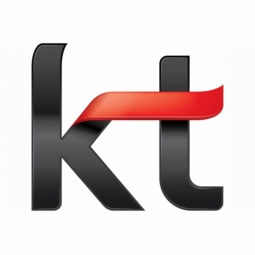
- Analytics & Modeling - Machine Learning
- Analytics & Modeling - Real Time Analytics
- Functional Applications - Remote Monitoring & Control Systems
- Networks & Connectivity - Cellular
- Networks & Connectivity - NB-IoT
- Networks & Connectivity - RFID
- Utilities
- Business Operation
- Microgrid
Across the globe, governments and energy suppliers are increasingly recognising the advantages of renewable and smart energy systems. However, according to the Korea Energy Agency, as of May 2017, only 6.61% of South Korea’s electricity is generated by renewable energy sources. 6.61% South Korea’s electricty generated by renewable sources Korea Energy Agency, May 2017 Compounding this issue was Korea’s tightly controlled energy market. Until 2015, the generation and supply of Korea’s energy was the exclusive responsibility of KEPCO, Korea’s dedicated utility company. Recognising the need for stimulation in this sector, the government introduced phased liberalization of the country’s energy market, which eventually enabled competitors to enter the market. At the same time, the government-sponsored R&D project ‘Korea Micro Energy Grid’ was launched, allowing KT to develop
Available to both energy consumers and suppliers, customers can connect to KT-MEG through LTE-M, 3G/LTE, RFID, fixed-line communications and, as of next year, the Korean operator will add NB-IoT to its portfolio of network technologies. With its range of connectivity mediums, KT-MEG has very few restrictions on where it operates and what type and size of business it can serve. With the operator’s commercial launch of Mobile IoT (licensed spectrum low power wide area technologies), the solution will be able to expand the number of businesses it can serve due to the technologies’ ability to operate in very hard-to-reach or extremely remote locations, such as underground, or areas with minimal coverage. Energy use is relayed to the network control centre in Gwacheon, where experts monitor site usage and micro grid demand to inform them of how to ensure optimal grid balancing and power distribution. Supporting this task is KT’s cloud-based analytics platform, the ‘e-Brain’, which analyses usage trends and performs diagnostics in real time. Capable of machine learning, KT’s e-Brain is able to factor weather, usage patterns and profitability to generate its own prediction models that enable efficient management of energy generation, energy consumption, energy trading and vehicle charging.

Case Study missing?
Start adding your own!
Register with your work email and create a new case study profile for your business.
Related Case Studies.













